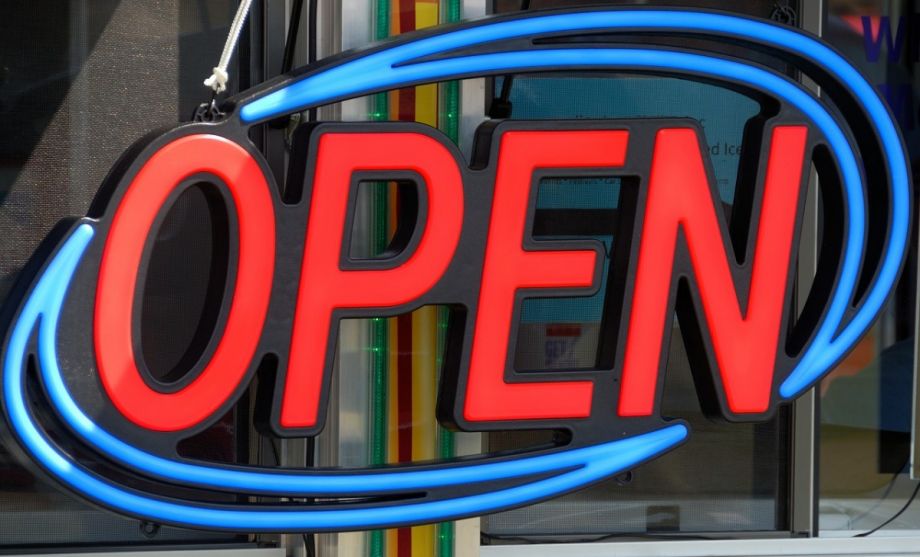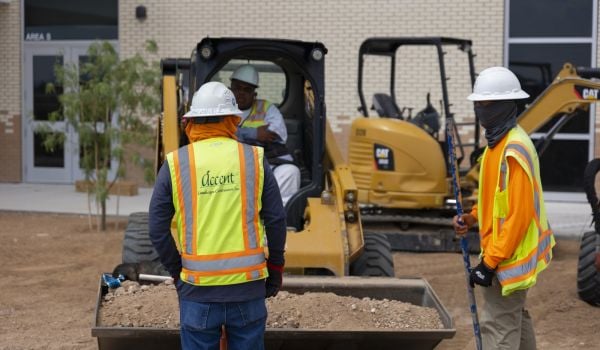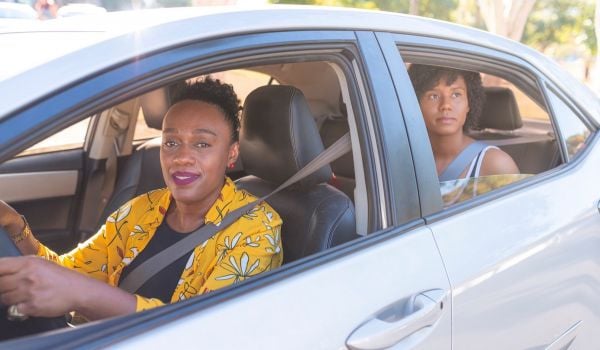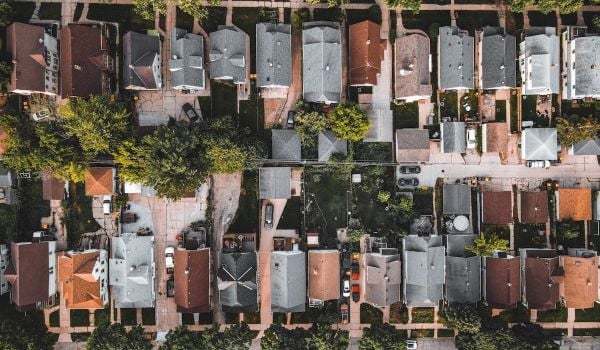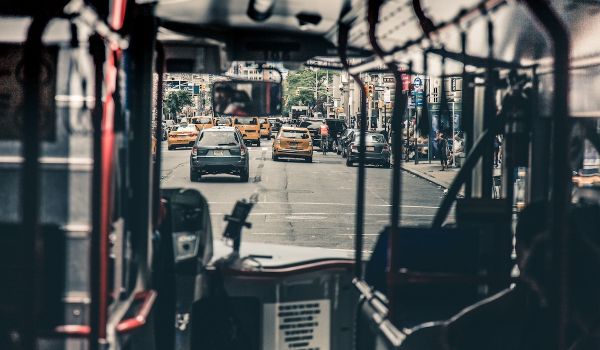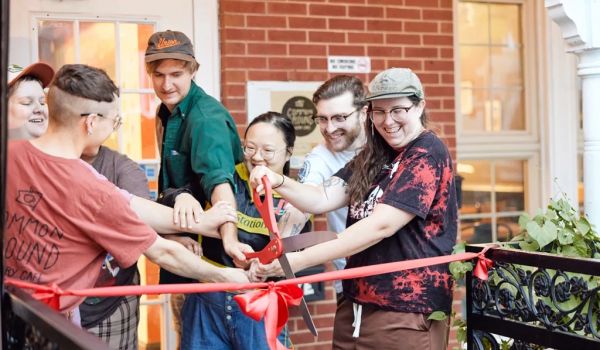Roca Mia has been helping to rebuild the Rockaways since 2013, after Hurricane Sandy destroyed miles of the neighborhood’s beachside boardwalk and impacted more than 2,000 businesses and nonprofits with nearly 15,000 employees in South Queens in 2012. The worker-owned construction company is still busy putting back together the pieces of what the storm tore apart, through new construction and repair of both residential and commercial properties.
![]()
The Working World and Occupy Sandy, a grassroots disaster relief network that formed after the hurricane, started Worker-Owned Rockaway Cooperatives (WORCs) in spring 2013, to assist people in Far Rockaway and the surrounding area with opening cooperative businesses or converting existing businesses to worker-owned cooperatives. The Working World, an NYC-headquartered nonprofit that helps to build worker-cooperative businesses in low-income communities, provided free business development training and ongoing technical assistance, in addition to non-extractive financing.
“When we say ‘non-extractive,’ we mean we only receive repayment when more wealth is created locally than is repaid, i.e., repayment only comes from profits, which means we are aligned with the business in seeking success,” Alex Peters, fundraising and communications officer at The Working World, writes via email. “Particularly in the aftermath of Sandy, and in a community where unemployment is much higher than average, developing businesses and [creating] jobs are crucial for economic recovery.”
WORCs is a sort of alternative to disaster capitalism, when outside business, capital and political interests go into an area affected by disaster and take advantage by operating in a way that might be less accepted under normal circumstances.
“This is also a way for people to kind take control of their economy again and to develop businesses that were actually useful for the people who live there, so that’s why a construction co-op was the first co-op that emerged out of the program, because there was a huge need for repair work,” says Scott Trumbull, director of programs at The Working World. “Five years later, they’re still doing primarily recovery work, which is insane.”
The organizations have hosted four co-op academies since 2013, which have reached about 100 people, and led to the launch of three cooperative businesses. They also facilitated the conversion of an existing business that was going to close because its owner decided to retire. Worker co-op advocates often promote the model as a way for lower-income people to build wealth, with workers getting an ownership stake in a co-op, and as a solution for preserving jobs that would be lost when an owner retires. A 2017 study found that due to the high number of baby boomer-helmed companies in the U.S., one in six jobs are at risk of disappearing due to retirements. The Rockaways co-ops that The Working World and Occupy Sandy have supported currently employ 13 people.
Businesses in South Queens tend to be small enterprises, with over 80 percent of them employing fewer than 10 people, according to a 2013 report by the city of New York. Post-Sandy, there was a massive relief effort led by disaster response organizations like the Red Cross and numerous city agencies. But not everyone who needed resources was able to obtain them, according to Trumbull.
That’s one reason Occupy Sandy worked to get food, water and other resources to underserved communities, largely made up of people of color, in the Rockaways.
“I feel like the neighborhoods we work in were struggling before the storm too,” Trumbull says, noting that there was a need for a shift in economic development efforts in the area. “It became really, brutally apparent because all of the resources that were flowing into the Rockaways after the storm, all of the aid essentially was ending up in middle-income white neighborhoods.”
The co-op model is aimed at overcoming these longtime inequities.
“It’s not just about successful businesses sharing profit to kind of support new or budding businesses coming up through the program, but it’s also about sharing their skills, sharing their experience,” Peters says. “We envision a network of cooperative businesses supporting one another throughout the Rockaways and providing services that that community needs.”
WORCs is in the process of launching a childcare co-op. Once it is launched and operating for six months, it will have one vote on the WORCs governing board or advanced assembly, which makes decisions about future projects and funding.
“It felt important to us that the people making decisions over that money were not like us as staff or us as program coordinators so that’s really why the advanced assembly was really important,” says Tammy Shapiro, who was an organizer with Occupy Sandy and currently serves as director of programs at New York City Network of Worker Cooperatives. “Any co-op that had received a loan from that fund is a part of making decisions about how the fund is spent.”
In a recent Next City interview with Michael Berkowitz, the head of Rockefeller Foundation’s 100 Resilient Cities said that Houston should use recovery after Hurricane Harvey, “as an opportunity to make itself more equitable, more diverse, more vibrant.”
During Sandy, Shapiro says she’s seen organizations try to use disaster as an opportunity to shift in ways that would be positive for communities — but that she hasn’t seen that at a policy level that could have been useful.
“In a place like Rockaway that’s really far from the rest of the city, there isn’t great transportation, and there is the opportunity to build up business that doesn’t yet exist, it was a good place to think about that as a possibility,” Shapiro says. In the Rockaways, she says, organizers “created new opportunities for organizing and building power and we probably fend off, through that, some of the efforts of gentrification that otherwise would’ve passed.”
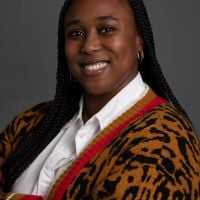
Deonna Anderson is Next City's editorial director. An award-winning journalist, she has served as a senior editor at GreenBiz and worked with YES! Magazine, KLCC (an NPR affiliate station in Eugene, Oregon), The Lily, Atmos and other media outlets. Anderson is an alumna of the University of California, Davis and the Craig Newmark Graduate School of Journalism at CUNY. She lives in the Bay Area. She was also Next City's 2017-2018 Equitable Cities Reporting Fellow. Follow her on Twitter @iamDEONNA.
Follow Deonna .(JavaScript must be enabled to view this email address)

